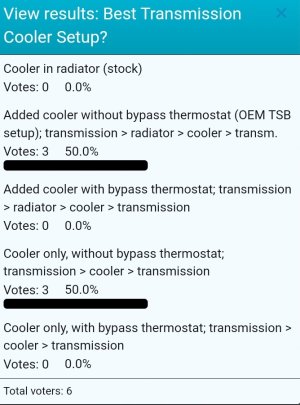1997ThunderbirdLXV6
Seasoned PostWhore
I could swear someone posted a while back that he had an original OEM transmission cooler installation kit. You know, that kit from the attached TSB.
I'm curious what all is included. I was looking at a Mark VIII in the junkyard which apparently has one of the TSB coolers:
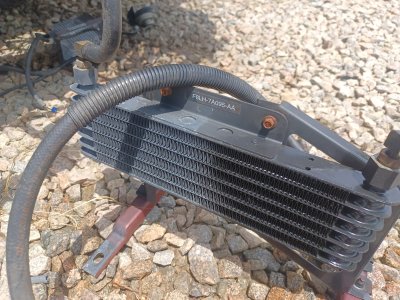
For the exit from the radiator, it had this specific piece, which I picked up:
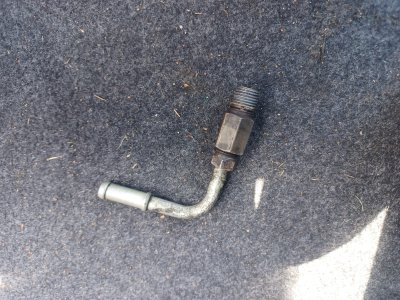
Then it's all 3/8" inner diameter hose to/from the cooler:
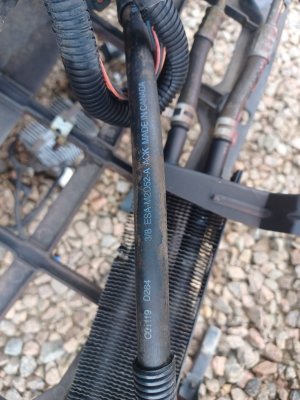
What gives me pause is the return into the existing cooler line. First of all, it was cut off; not something I like doing, with the risk of metal shavings getting into the system. Secondly, they connected the hose using this fitting; I could unscrew the piece which the hose wraps around, but the other piece is stuck to the metal tube. Not sure how that works; does it "bite" itself into the tube?
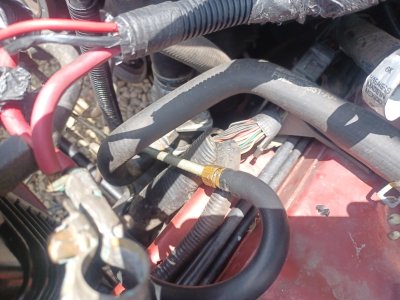
I also find it weird that they made the cut so high up, only to force the hose into a 180° bend; they could have made the cut further down.
Generally speaking, I'd prefer a sort of plug & play solution, which avoids the cut altogether. Some fitting that just screws to the existing tube, plus the piece I pictured above which screws into the radiator.
I've been a bit resistant against the transmission cooler installation, but I guess I should give in to peer pressure. I do monitor transmission temperature on longer drives using my OBD2 app. At 60 mph, with ambient temperatures in the 90°F range, it usually settles around 180°F. At 70 mph, it settles closer to 195°F, a bit higher when there are hills.
I'm curious what all is included. I was looking at a Mark VIII in the junkyard which apparently has one of the TSB coolers:

For the exit from the radiator, it had this specific piece, which I picked up:

Then it's all 3/8" inner diameter hose to/from the cooler:

What gives me pause is the return into the existing cooler line. First of all, it was cut off; not something I like doing, with the risk of metal shavings getting into the system. Secondly, they connected the hose using this fitting; I could unscrew the piece which the hose wraps around, but the other piece is stuck to the metal tube. Not sure how that works; does it "bite" itself into the tube?

I also find it weird that they made the cut so high up, only to force the hose into a 180° bend; they could have made the cut further down.
Generally speaking, I'd prefer a sort of plug & play solution, which avoids the cut altogether. Some fitting that just screws to the existing tube, plus the piece I pictured above which screws into the radiator.
I've been a bit resistant against the transmission cooler installation, but I guess I should give in to peer pressure. I do monitor transmission temperature on longer drives using my OBD2 app. At 60 mph, with ambient temperatures in the 90°F range, it usually settles around 180°F. At 70 mph, it settles closer to 195°F, a bit higher when there are hills.


